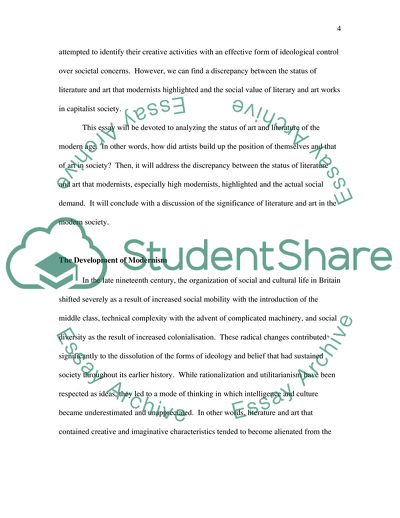Cite this document
(The Status of Literature in the Modern Society Essay, n.d.)
The Status of Literature in the Modern Society Essay. https://studentshare.org/literature/1704856-the-literary-status-in-the-modern-society
The Status of Literature in the Modern Society Essay. https://studentshare.org/literature/1704856-the-literary-status-in-the-modern-society
(The Status of Literature in the Modern Society Essay)
The Status of Literature in the Modern Society Essay. https://studentshare.org/literature/1704856-the-literary-status-in-the-modern-society.
The Status of Literature in the Modern Society Essay. https://studentshare.org/literature/1704856-the-literary-status-in-the-modern-society.
“The Status of Literature in the Modern Society Essay”. https://studentshare.org/literature/1704856-the-literary-status-in-the-modern-society.


